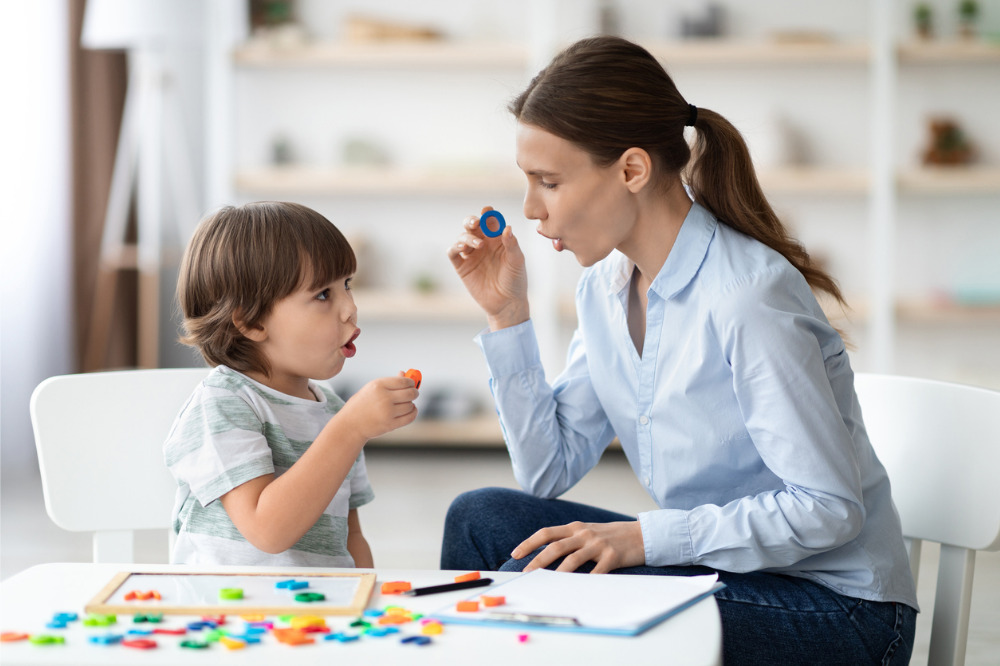
The release of Australia’s NAPLAN results this week shows that Australian children are falling behind in the classroom and once they fall behind, evidence shows they stay behind. The solution is a consistent evidenced-based approach to literacy instruction across Australian schools and more certified speech pathologists in schools.
Together with the need for more speech pathologists, schools need to adopt a systematic phonics-based approach to reading instruction as the standard in the critical early years of school, in line with the new Australian Curriculum.
“Speech pathology intervention, particularly in the early and primary school years, is critical in addressing Australian children’s decline in literacy competency,” Speech Pathology Australia President Kathryn McKinley said.
Speech pathologists have extensive training and expertise to support improved phonological awareness (including phonemic awareness) and how this relates to the teaching of phonics and literacy. Speech pathologists can work together with schools and educators who are seeking to improve their approaches to reading instruction.
The evidence shows that around one in five children start school with a speech, language, or communication problem that impacts their ability to access the curriculum, participate, and achieve at school.
Language and literacy skills form the core building blocks of education, employment, social relationships and participation in our society.
“The evidence is clear; speech pathologists are crucial when working in multidisciplinary education teams, to achieve positive educational outcomes for all students,” McKinley said.
“While some children have diagnosed speech and language disorders, there are also many who may not yet have had this identified. Speech pathologists working together with teachers and schools adopting a systematic synthetic phonics approach to reading instruction shows a clear benefit to support all students. This can help us to stop the decline in literacy results.”
This article originally appeared as a media release from Speech Pathology Australia.


